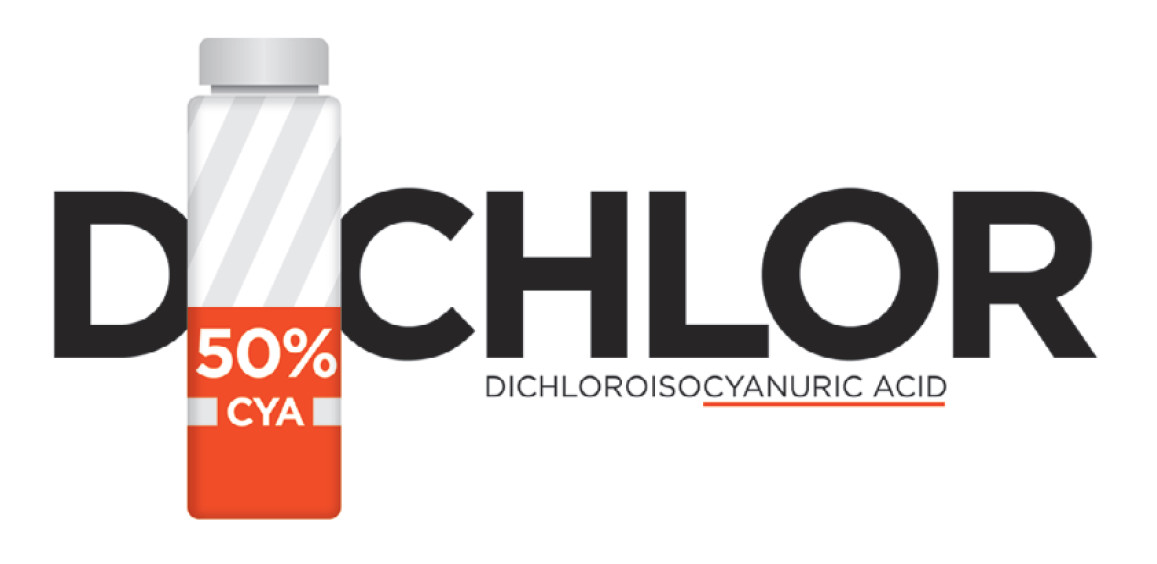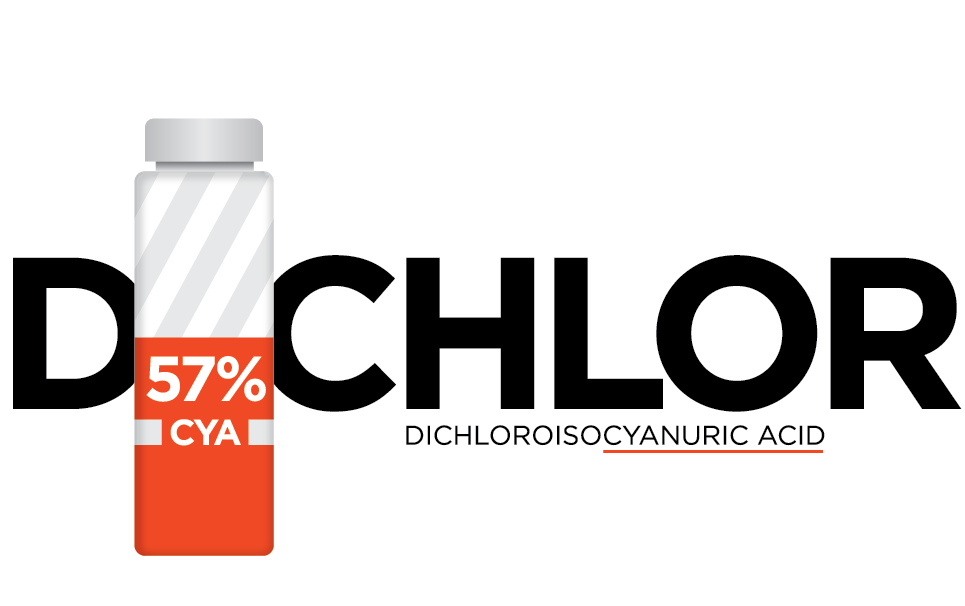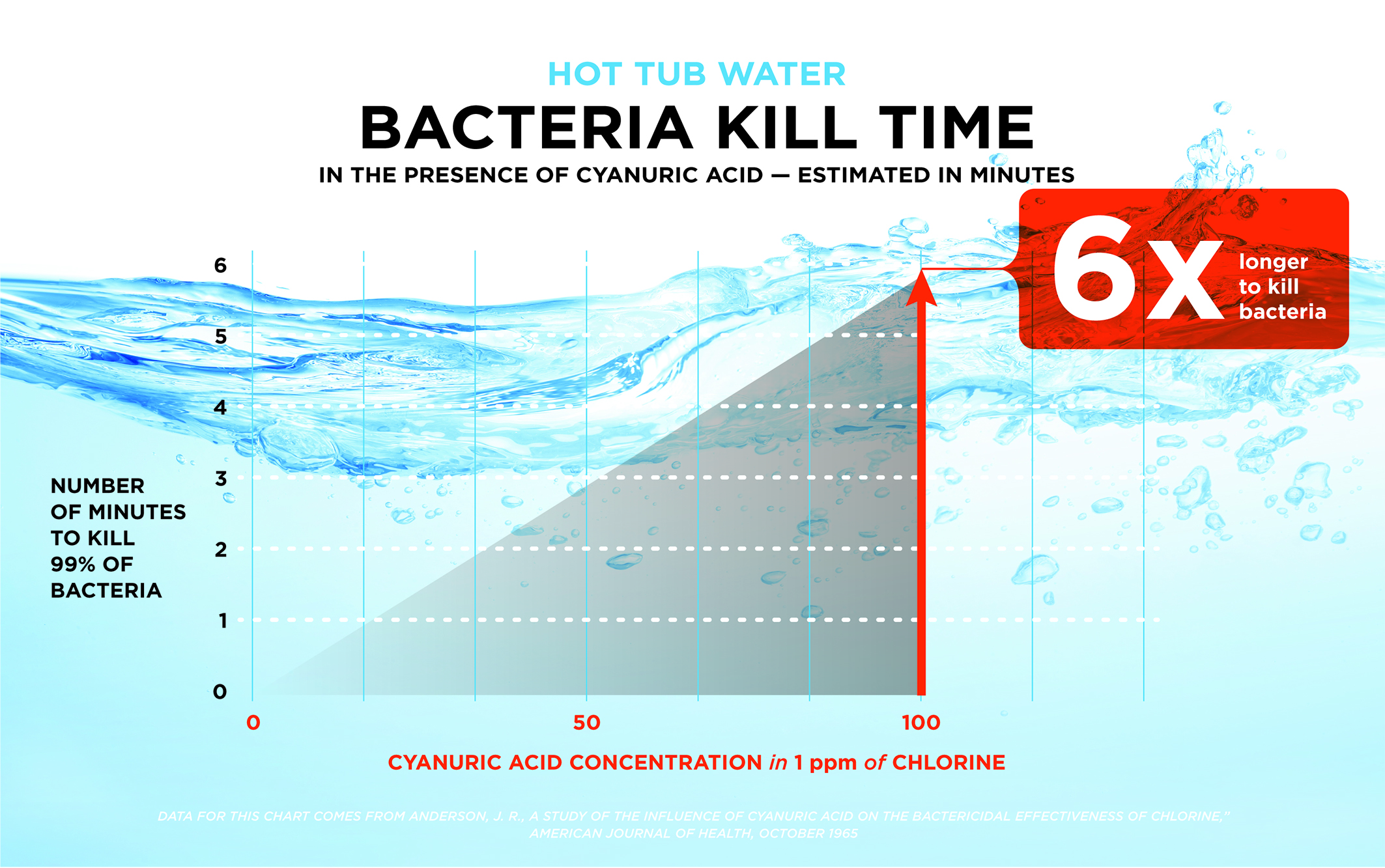Do your hot tub customers complain about smelly, itchy water that’s hard to manage? Are they tired of having to drain and refill the water every couple of months? While you may think it’s just poor water maintenance on the part of the hot tub owner, the problem could lie in a quickly rising cyanuric acid (CYA) level that affects chlorine’s ability to sanitize.

What is CYA and Why Is It Used?
CYA (cyanuric acid, also known as conditioner or stabilizer) is a chemical first introduced into the swimming pool industry in 1956. Back then pools were commonly chlorinated with liquid chlorine like sodium hypochlorite or calcium hypochlorite that came in a powdered form. The problem is that chlorine is subject to degradation by the UV rays of the sun and therefore needs to be added once or even twice a day. The loss of chlorine in water to sunlight is 75% in 2 hours or a complete loss in 4 hours.
CYA keeps the chlorine in the water up to eight times longer. Pools that used to need daily chlorine additions now only need chlorine once a week with CYA. However, chlorine in the water quickly binds to CYA and a smaller portion of the chlorine is available. So, the chlorine is around longer but it does not kill as quickly. And as the CYA increases, there is less and less chlorine available for killing bacteria and microorganisms.
Innovative chlorine manufacturers in the late 1950s started combining chlorine with CYA to make chlorinated isocyanurates called dichlor and trichlor. Trichlor tablets quickly became the most popular chlorinating product for pools.
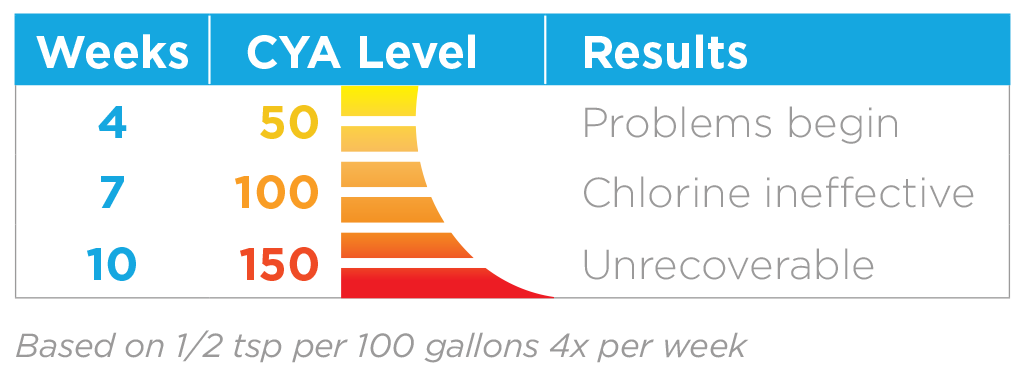
CYA Buildup is Real
While trichlor is still a popular choice for chlorinating swimming pools, most hot tubs are chlorinated with dichlor. Dichlor is about 50% CYA. This means that for each 10 ppm of chlorine added to the water from dichlor, the CYA increase is 9 ppm.
In other words, a 300-gallon hot tub adding 1 ½ teaspoons of dichlor 4 times a week can build up a CYA level of 50 ppm in as few as 4 weeks and reach 100 ppm CYA in only 7 weeks. Another way to look at it is that each person per hour in the hot tub will consume 4 grams of pure chlorine or 8 grams of dichlor which is 3.5 ppm of chlorine in a 300-gallon hot tub. Bottom line is that 2 people using the hot tub 2 times a week will consume 14 ppm chlorine and increase the CYA by 12.6 ppm per week. More times of use or more people would require more chlorine and have a larger increase on CYA.
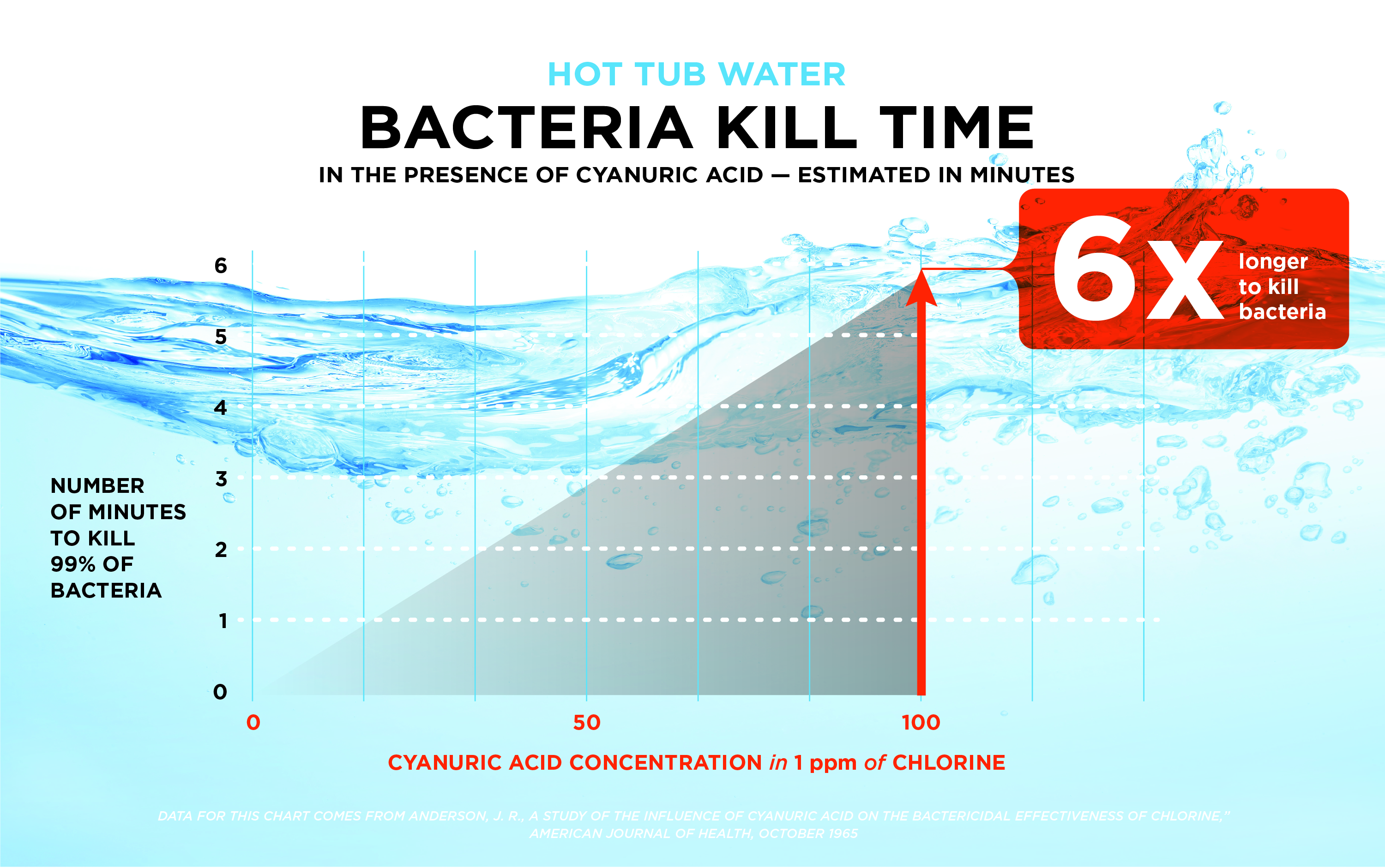
In Part 2, we’ll explore the hard truth of CYA and why the Center for Disease Control issued their blunt recommendation.
